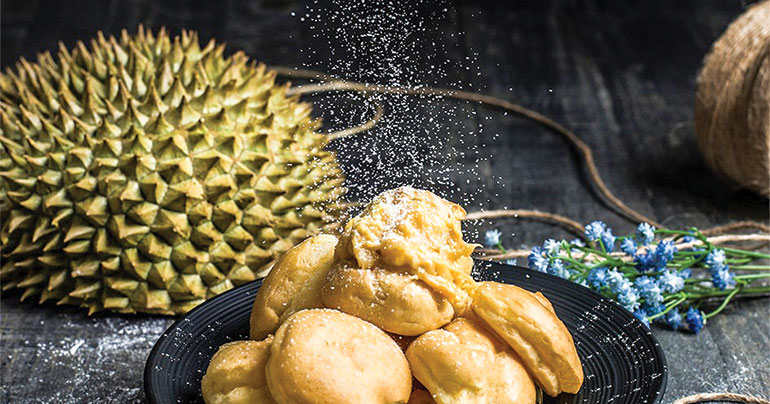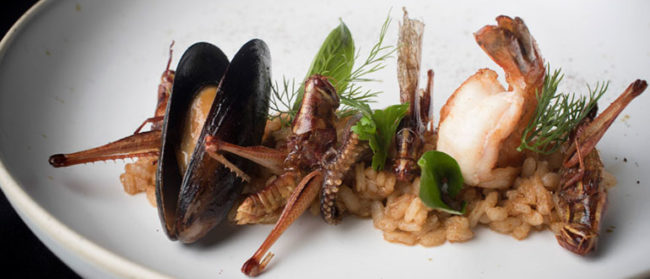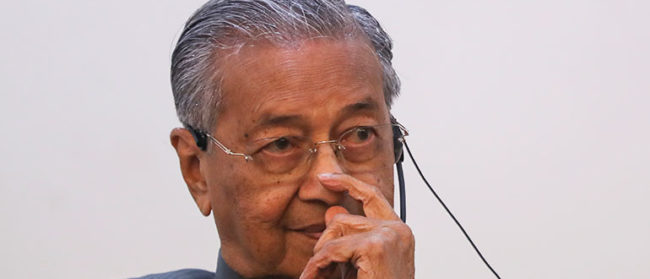
Renowned across Southeast Asia as the undisputed ‘king of fruit’, one whiff of the durian’s pungent aroma is enough to remind visitors to the region just how far they are from home.
Banned in taxis, trains, hotels and polite company in general, this spiky lump of fleshy yellow fruit has found a special place in the hearts of the proprietors of Singapore’s Mao Shan Wang Café, an eatery that boasts the dubious distinction of using durian in everything it serves, from ice cream to coffee to chicken nuggets.
“Durian is [usually] eaten by itself as sweet or treats, but what our company wanted to do was put it with savoury stuff like fries and nuggets,” company spokesman Lance Lee told the South China Morning Post. “We will be looking to expand the offerings as well, with maybe rice, pasta and other things.”
The brutal bouquet of durian has been lovingly compared to turpentine, onions, petrol, burning rubber and gym socks, leaving enthusiasts in danger, in the words of celebrity chef Anthony Bourdain, of having breath that smells “as if you’d been French-kissing your dead grandmother”.
Named for a strain of durian from neighbouring Malaysia that rather confusingly translates as ‘cat mountain king’, Mao Shan Wang Café has managed to incorporate its reeking raison d’etre not just into the desserts that have long seen Southeast Asians snacking on some post-dinner durian, but also more contemporary fare such as durian-infused coffee, durian dipping sauces for chicken nuggets and chips and even as a topping on charcoal pizza.
Perhaps more palatable in Singapore’s oppressive summers is the wide range of ice creams ideal for a refreshing end to the evening – though maybe best avoided on a date. For those in search of a full-throated durian hit to finish their meal, though, the Durian Napoleon – a roughly Eiffel Tower-sized creation of puff pastry, whipped cream and durian puree – is not to be missed.
This article was published in the April 2018 edition of Southeast Asia Globe magazine. For full access, subscribe here.

